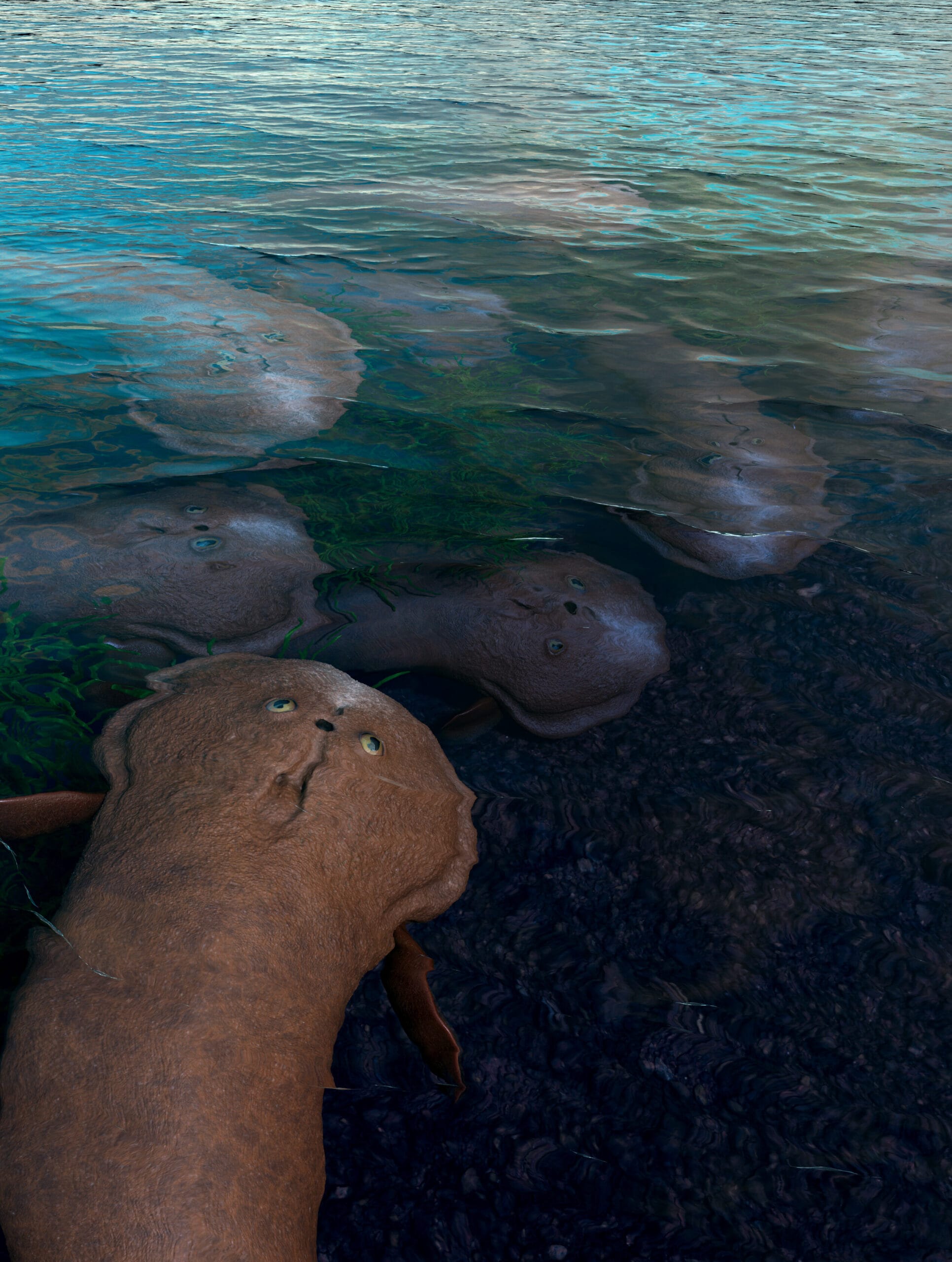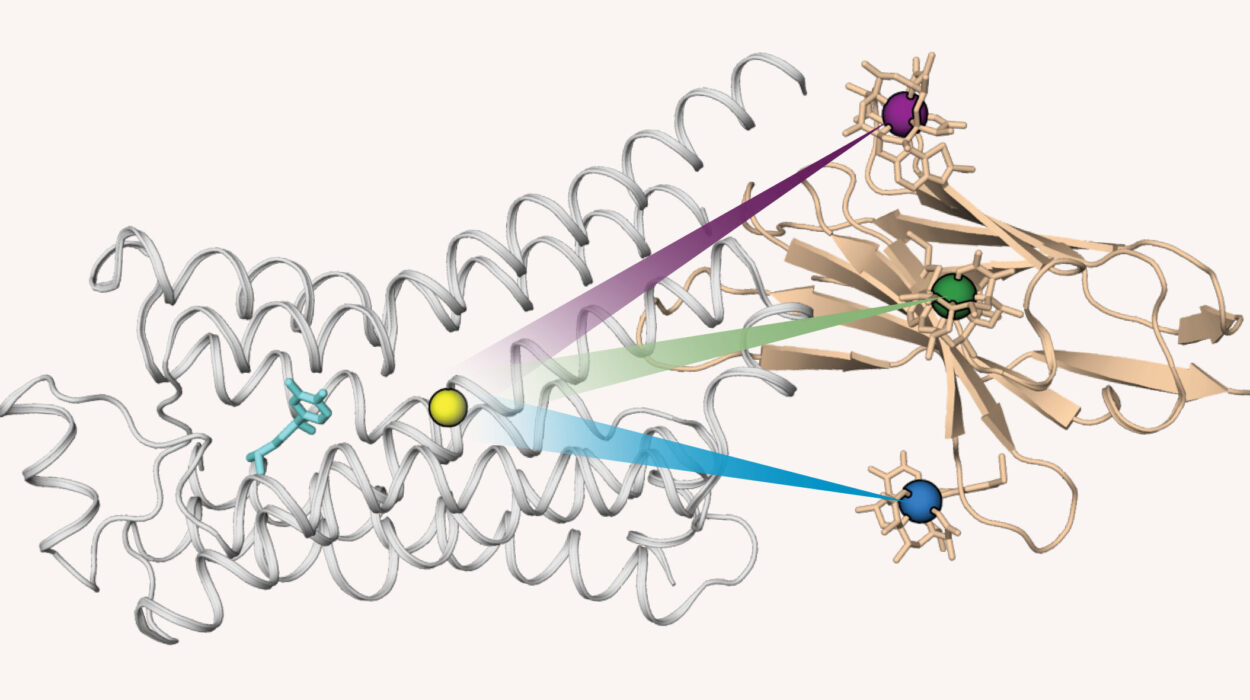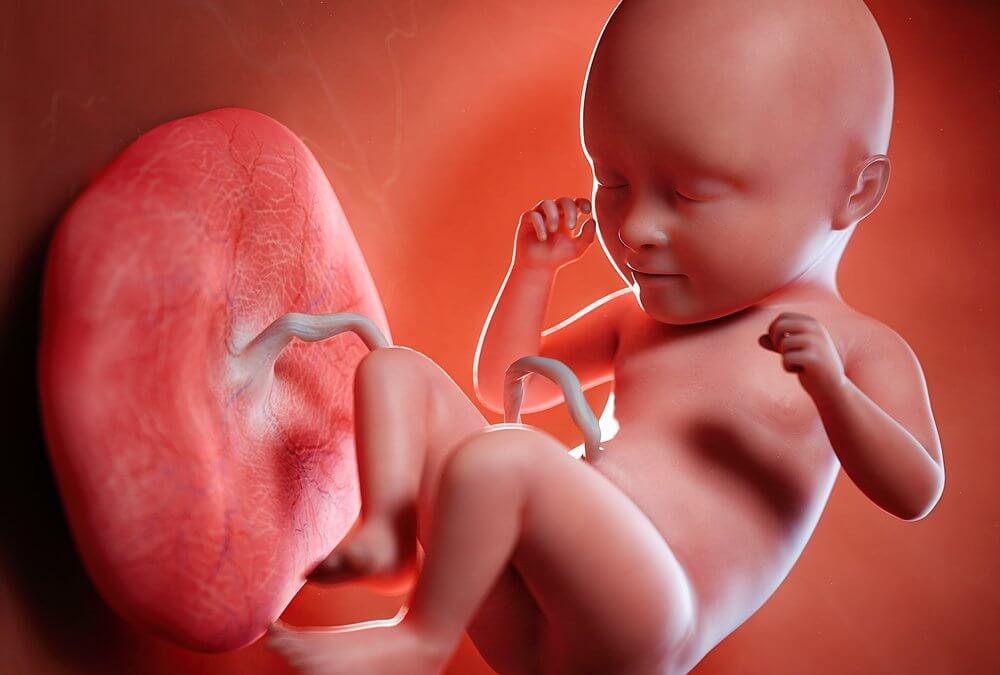Long before the first animals set foot on land, a small, jawless fish swam through the ancient oceans. It had no teeth, no biting power, no flashy weapons to seize prey. But inside its miniature body, the blueprints of modern vertebrate life were beginning to emerge—not in the jaws, as once thought, but in the organs that powered and guided it.
A groundbreaking new study has just revealed this unexpected twist in our evolutionary story. An international team of scientists, led by researchers from the Canadian Museum of Nature and the University of Chicago, reconstructed the internal anatomy of a fossil fish called Norselaspis glacialis—a Devonian-era creature no larger than a human fingernail. Using high-powered X-ray imaging and thousands of hours of digital reconstruction, they found not only a surprisingly sophisticated heart and brain, but also the anatomical upgrades that would one day help vertebrates take over the seas—and eventually, the land.
“This changes everything,” said Dr. Tetsuto Miyashita, lead author of the study published in Nature. “We thought jaws came first, and the rest followed. But what we see in Norselaspis is a different story—where sensory, cardiovascular, and locomotor systems were already evolving toward higher performance long before the jaws ever arrived.”
Fossilized Organs Hidden in Arctic Rock
The story began, unexpectedly, in a chunk of sandstone that had been collecting dust for decades.
Back in 1969, a French expedition to the icy Arctic archipelago of Svalbard, Norway, collected thousands of rock samples containing fossils. Among them was a small block split open years later by paleontologists Philippe Janvier and Pierre Gueriau. Inside was the exquisitely preserved cranium of a fish known as Norselaspis glacialis. It was barely half an inch long, but what it contained would turn out to be priceless: fossilized impressions of its brain, inner ears, cranial nerves, heart, blood vessels, and even the tiny muscles that moved its eyes.
Such soft tissue preservation in fossils is exceedingly rare—especially in specimens over 400 million years old. To examine it in detail, the team brought the fossil to a synchrotron facility in Switzerland, where they scanned it with high-energy X-ray beams. The scans revealed microscopic layers of fossilized tissue—ghostly films that captured the delicate architecture of organs long vanished from the living world.
In Chicago, imaging expert Kristen Tietjen worked with Miyashita and senior author Dr. Michael Coates to digitally “dissect” the fish, building a 3D reconstruction from thousands of slices. The result was nothing short of astonishing.
“We now know Norselaspis in more detail than many living fish,” Miyashita said. “It’s like having a CT scan of a 400-million-year-old body.”
A Fast Fish in a Slow World
So what did this tiny fossil reveal?
To begin with, Norselaspis was built for speed. Unlike its sluggish jawless cousins, it had large, paddle-like fins positioned just behind its gills—ideal for sudden turns and bursts of motion. These fins likely gave it greater maneuverability in open water, a stark contrast to earlier jawless fishes that crawled slowly along the seafloor.
Its inner ears were massive in proportion—if scaled to human size, each ear would be about as big as an avocado. These organs, which help fish maintain balance and detect vibration, suggest Norselaspis was highly attuned to its environment.
Its heart was even more dramatic. Based on the fossilized outline and the layout of its blood vessels, the team estimates Norselaspis had a powerful heart capable of moving large volumes of blood quickly—an essential feature for sustained, active swimming.
“If it were our size, its heart would be the size of a cantaloupe,” Miyashita said. “This thing had the cardiovascular system of a shark, inside the skin of a lamprey.”
Altogether, these features paint a picture of an agile, alert, sensorily advanced fish—one that was evolving for speed and survival before the development of jaws and teeth.
“This is not what we expected at all,” Coates said. “It turns the conventional narrative on its head.”
Jaws Came After the Engine
For decades, the dominant theory of vertebrate evolution suggested that the invention of jaws set off a cascade of changes—stronger muscles, faster swimming, improved senses—all aimed at helping early vertebrates become more efficient predators.
But Norselaspis complicates that view. It had no jaws, and yet it already displayed many of the features thought to be associated with a predatory lifestyle.
“These are the opening acts for a key episode in our own deep evolutionary history,” Miyashita said. “It turns out that the infrastructure came first. The engine, the steering system, the sensory radar—they were all upgraded before jaws appeared.”
Instead of chasing prey, Norselaspis may have evolved these features to escape predators. Rapid swimming, acute hearing, and a strong heart would all have made it harder to catch. But once these traits were in place, any future animal that developed jaws would have the perfect platform to exploit them—not for escape, but for pursuit.
“One might even say that the jaws came along for the ride,” Coates said. “They took advantage of a body already tuned for action.”
A Shoulder Without Gills
The study also offers fresh insight into another evolutionary mystery: the origin of shoulders and arms.
It has long been assumed that in early vertebrates, structures such as gill arches gradually transformed into limbs. But the team’s analysis of cranial nerves in Norselaspis challenges that assumption. They found that the nerve serving the shoulder region was completely separate from those serving the gills—suggesting that shoulders evolved independently.
In fact, the fossil reveals a configuration quite unlike modern vertebrates. Norselaspis had no neck; its head was directly fused to its shoulder region, with arms (if it had them) emerging just behind the cheeks. It’s a strange and alien layout, but one that provides a crucial transitional snapshot in the evolution of body plans.
“A lot of these changes come down to how the head is attached to the trunk,” Miyashita explained. “In early fishes, the head was part of the torso. Later on, with necks and shoulders, we gained more mobility—and eventually arms and legs. But in Norselaspis, we see a transitional state.”
A Fish for the Nekton Revolution
The rise of fast, agile, open-water swimming animals during the Devonian period—what paleontologists call the “Nekton Revolution”—transformed Earth’s oceans. Before this event, most marine life crept along the bottom. But as swimming improved, animals took to the water column, and predators and prey alike became more mobile, more alert, and more competitive.
Miyashita believes Norselaspis was part of this arms race—one of the earliest examples of an evolutionary lineage shifting into a more active mode of life.
“The game was changing,” he said. “Getting faster, smarter, and harder to catch was becoming essential.”
Christian Klug, a paleontologist from the University of Zurich who was not involved in the study, agrees. “This discovery beautifully supports the idea that the Nekton Revolution wasn’t just about jaws or skeletons—it was about the entire physiological package.”
The Long Shadow of Jaws
Despite the monumental impact that jaws had on vertebrate evolution, this new research reminds us that major transitions are rarely sudden, and never simple.
“Sometimes we focus too much on a single event, like the invention of jaws,” Miyashita said. “It becomes a kind of evolutionary cliché, like the gunshot in Sarajevo starting World War I. But in truth, it’s all about the buildup—the context that made the explosion possible.”
With Norselaspis, we glimpse that context. We see a fish that had evolved the tools for agility, for perception, and for cardiovascular endurance, even without jaws. When jaws did evolve—likely first for vacuuming food from the seafloor rather than snapping prey—these other systems were already in place to amplify their effect.
It wasn’t a straight line from bottom feeder to apex predator. It was a winding path, full of hidden upgrades and evolutionary tinkering, that gradually assembled the vertebrate blueprint we now inherit.
A Mirror into Our Origins
In its small, silent skull, Norselaspis carries echoes of ourselves. It reminds us that the human body—its muscles, its heart, its senses—is not the result of a single invention, but of countless subtle changes layered across time.
And perhaps most beautifully, it shows that the inner workings of life—the brain, the heart, the very nerves that run through our bodies—were taking shape long before the jaw ever snapped shut.
“For a fish so small, Norselaspis gives us an enormous view of our history,” said Miyashita. “It shows that even in deep time, life was already preparing for the extraordinary things it would one day become.”
More information: Novel assembly of a head–trunk interface in sister group of jawed vertebrates, Nature (2025). DOI: 10.1038/s41586-025-09329-9






